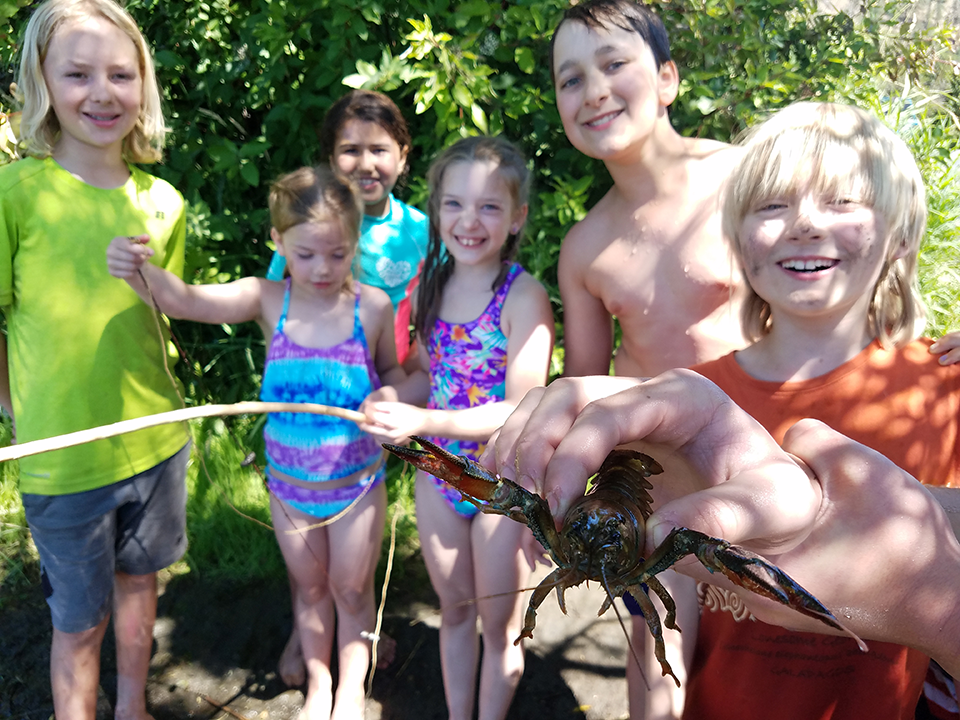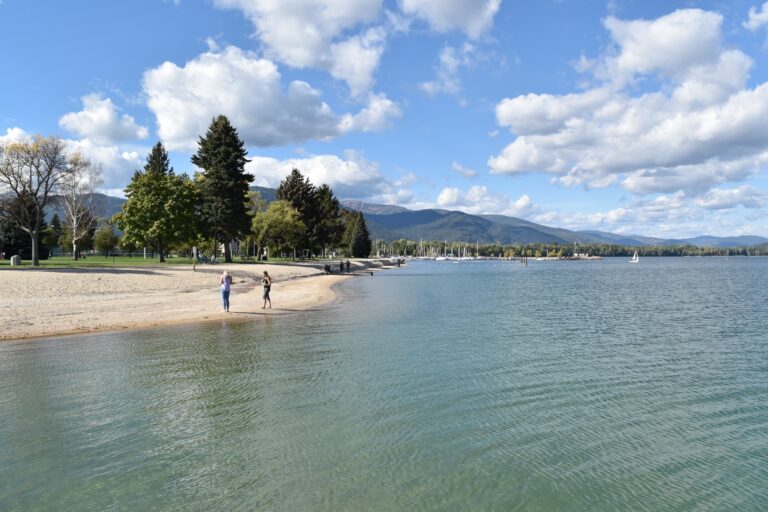If you don’t know about the “I Survived” historical fiction book series by Lauren Tarshis, then your kids likely do. Popular with readers from 3rd grade and older (ages 8+), including middle-schoolers, each story is based on a major true-life disaster, including historical-notable natural ones (such as the 1982 Mount St. Helen’s eruption) or human-caused ones (sinking of the Titanic), or infamous wildlife encounters (1967 grizzly bear attacks at Glacier National Park). Readers are captivated by how the young main characters overcome frightening, life-threatening challenges by using problem-solving, practical survival skills, and teamwork.
But how can today’s kids learn mental fortitude and how to survive life-or-death situations in the great outdoors, or even in an urban setting? Generation Alpha (born 2010-present) are only becoming teenagers this year. Their parents are Millennials and Gen Xers, and should have spent lots of time playing outside as kids—or maybe not.
Today, we tend to rely too much on smartphones in the outdoors; from GPS and Google Maps to thinking help is just a phone call away. While individual survival skill know-how is important, what’s equally important is that adults know how to pass on knowledge to youngsters so that the whole family knows what to do.
In recent years, more families are participating in outdoor recreation, going camping, and exploring National Parks. We all start as inexperienced recreationalists, but naivety can have serious consequences. Over the past 10 years, for instance, visitors to National Parks are more frequently getting lost while hiking—so much so that the National Park Service now compiles search-and-rescue incident reports, using more signage and rangers to better educate park visitors about risks and hazards.
Even experienced adults who know their way around the woods can still over-estimate their abilities. Knowing essential survival skills is like knowing CPR—you hope to never have to use it, but it’s best to know what to do if needed. Here are some resources to build your family’s survival skill knowledge base.
Books
How-to books, some created especially for youth, make a good starting point and are available from public libraries. Check out Survivor Kid: A Practical Guide to Wilderness Survival by Denise Long; Ultimate Survival Guide For Kids by Rob Colson; Survival Hacks: Over 200 Ways to Use Everyday Items for Wilderness Survival by Stewart Creek; and Bushcraft 101: A Field Guide to the Art of Wilderness Survival by Dave Canterbury.

Survival Schools
Regional organizations offer in-person programs for adults and youth. Even if parents take a class without their children, returning home with new knowledge and skills and then teaching them to their family may someday save lives.
- Northwest Survival School: 1-day intro and 3-day basics class, open to all ages 6 and older, is a great way for a family to learn together. School is based in Ione, in Northeast Washington, with one-day classes in nearby Newport. Northwestsurvivalschool.com
- Twin Eagles Wilderness School: Adult and youth programs in North Idaho, including parent-child weekends. Twineagles.org
- Wilderness Awareness School: Classes for youth and adults, based in Duvall, Wash., located in the western foothills of the Cascade Mountains. Wildernessawareness.org
- Bushcraft Northwest: Weekend classes in Goldendale, Wash., for learning “bushcraft”—meaning “knowledge and skill that lets one travel confidently through the wilderness with a minimal reliance on gear.” Bushcraftnorthwest.com
- North Cascades Institute: Family getaways with staff-led learning activities (such as map and compass navigation) and trail and lake-based recreation. Overnight lodging at the institute’s Environmental Learning Center, located within North Cascades National Park at Diablo Lake, makes the weekend a comfortable intro to wilderness exploration. Ncascades.org
- (Online-Only)—Don’t Die In the Woods: This business that creates survival gear emphasizes preparation as the #1 survival skills. “Being prepared allows freedom to explore with confidence to go farther, stay longer, and have more fun,” these survival experts state on its website, Dontdieinthewoods.com. The education model focuses on four main components: preparing your mind first, then your knowledge base, followed by your gear and survival skills. Credible (and free) online information includes a guide to edible bugs and teaching guide with “7 Fun Adventures for Parents and Kids To Learn Outdoor Safety.” //
Amy McCaffree is Out There Kids columnist and adventure-mom to two kids. She wrote about getting ready for summer camps in the last issue. Find all of her columns at Outthereoutdoors.com.













